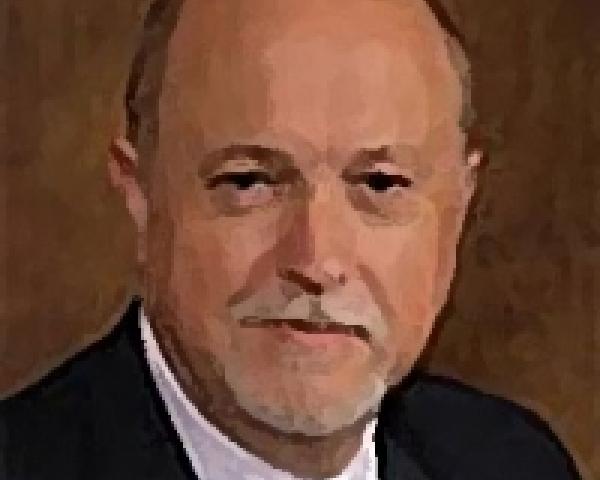- Did the owner settle a "claim” and not a "suit” such that the claim by the third party triggered a defense by the insurance company;
- As far as indemnity, was the owner/sponsor's liability to the third party ever finally determined;
- To the extent that the owner/sponsor, an insured, agreed to pay any sums or make repairs, it may constitute a violation of the "voluntary payments” condition of the policy.
Owner Controlled Insurance Program Liability Claims Challenges, Part 6
In one unpublished decision in California, arising out of claimed construction deficiencies at a hotel/casino in Las Vegas, Nevada, the court found that the general contractor was not entitled to indemnity under the Owner Controlled Insurance Program for amounts incurred to make repairs at the request of the owner.|








